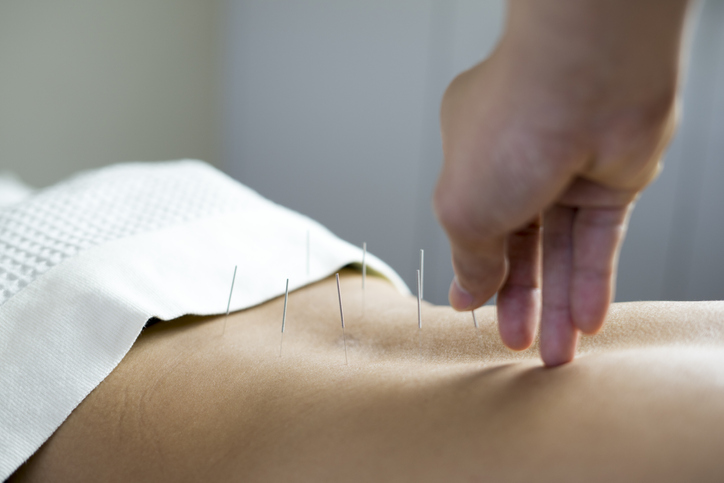Treatments
What Is Cryotherapy?

Cryotherapy, also known as cryosurgery, is a treatment that involves the use of extreme cold to freeze and remove abnormal cells. Liquid nitrogen, liquid nitrous oxide, or argon gas is typically utilized to produce subzero temperatures. Normally, it is an in-office procedure that is minimally invasive. Cryotherapy can treat both external and internal tissue.
What does cryotherapy treat?
Cryotherapy is beneficial as a treatment for a variety of conditions. It is most commonly used to remove precancerous skin cells or early-stage skin cancer, such as squamous cell carcinoma and basal cell carcinoma. Other conditions that may benefit from cryotherapy include, but are not limited to, the following:
- Asthma
- Alzheimer’s
- Anxiety
- Bone cancer
- Chronic pain
- Depression
- Dermatitis
- Fibromyalgia
- Insomnia
- Liver, prostate or cervical cancer
- Migraines
- Mood disorders
- Multiple sclerosis (MS)
- Nerve irritation
- Osteoarthritis (OA)
- Precancerous cervix cells
- Retinal cancer in children
- Rheumatoid arthritis (RA)
- Skin conditions, such as warts, dark spots, or skin tags
How does cryotherapy work?
A health care professional freezes the external affected tissue by applying the freezing agent with a cotton swab or spraying device. When used as an internal treatment, a cryoprobe is inserted through a small incision. Cells cannot survive the extreme cold and die following cryotherapy. Additionally, rapidly lowering the skin temperature releases the feel-good chemicals called endorphins, which can lower pain. Cryotherapy can be delivered to a specific area or to the whole body.
What is whole body cryotherapy?
Whole body cryotherapy involves exposing the entire body to temperatures ranging from negative 200 to negative 300 degrees Fahrenheit (negative 129 to negative 184 degrees Celsius). This treatment typically lasts between two and four minutes. Whole body cryotherapy consists of standing in an enclosure that has an open top. The torso and legs stay inside the device and are exposed to extreme cold temperatures. Another method involves several people that sit or stand in a totally enclosed chamber. This includes the head and entire body being exposed for two to four minutes.
Side effects
A health care professional should be consulted prior to participating in any type of cryotherapy. The most common side effects include, but are not limited to, the following:
- Redness
- Skin irritation
- Numbness
- Tingling
Consult a medical professional if these side effects do not resolve within 24 hours.
Risks and warnings
Individuals with diabetes or a condition that affects the nerves should avoid cryotherapy, as the inability to feel the full effect could lead to further nerve damage. Cryotherapy should not be used for longer than the recommended time. At-home use of ice packs or an ice bath should not exceed 20 minutes. An ice pack should be wrapped in a towel to avoid skin damage.
Whole body cryotherapy should never be done alone and never exceed four minutes. This type of cryotherapy has many potential dangers, which include, but are not limited to, the following:
- Asphyxiation, especially when liquid nitrogen is used for cooling
- Hypoxia, or oxygen deficiency, when nitrogen vapors are added to a closed room
- Loss of consciousness
- Frostbite
- Burns
- Eye injury from the extreme temperatures


















